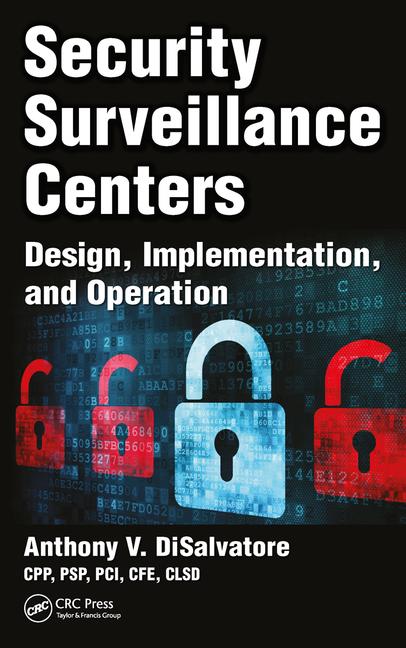When I was in high school, I worked a weekend shift at a T-shirt screen printing company. For eight hours on Saturdays, I filed paperwork in the front office while the printers in the back of the building worked feverishly to catch up before the next rush of orders on Monday. T-shirts flew everywhere, everyone yelled and hustled, and there was a defining racket of machinery until about two hours before I had to leave. Then, there was silence. When I left, it was my job to walk all the way through the quiet building and turn off every?…single?…?light. If only the company had lighting automation to both a) turn off the lights in the back once the printers left for the day (cost savings) and b) enable someone to turn off the lights all at once (efficiency). Today’s systems not only create energy savings and efficiency, but they do it with a high level of sophistication. Lighting automation (covered in “The First Automation Frontier: Lighting Control” on page 103) is considered a good way to enter the world of building automation systems (BAS), the topic of this month’s cover story, “Do the Math: Why and How Integrators Can Succeed in Building Automation” on page 58.
The U.S. market for building automation equipment is set to grow by more than 40 percent within a five-year period ending in 2017, spurred by the need in commercial buildings for more efficient energy consumption, according to a report from IHS Inc. released in late 2013, and is a “must watch” growth opportunity for integrators.
I must say that while interviewing for this story and doing research, I could only shake my head on all the money and time I’ve watched many companies I’ve worked for waste over the years — dating all the way back to that weekend job in high school. Lighting makes up approximately 40 percent of the average commercial building’s electric bill, according to the U.S. Department of Energy, and that number is climbing. It makes for a compelling argument to upgrade systems and implement building automation.
Security integrators can gain revenue opportunities and deepen customer relationships when integrating security systems with building automation systems, but there is a learning curve involved. Learn more about the new opportunities and the key ways to actually succeed in the space from leading integrators such as this month’s cover dealer, Eric Schaeffer, the president of Advantech Inc., located in Dover, Del. You’ll also find how the integrators entered the space (training, acquisitions, new hires, etc.), as every integrator offering BAS has taken a different path to get there. Advantech forged into BAS about eight years ago when it recognized that there was not a suitable product for its end users to easily manage and control the security systems for large facilities.
“Our staff digs in deep to create solutions that typically provide additional functionality than what was required in the initial scope of services because our staff is driven to exceed expectations,” Schaeffer shares. Today Advantech has mastered the space, custom writing its own customer GUIs and command stations that both serve as an intuitive interface for building and facility management — and solve problems, reduce costs, and improve efficiency.
BAS solves myriad end user needs, which attracts the integrators aiming to provide comprehensive, needs-focused solutions, which in turn supports long-term relationships with customers. It’s a positive cycle. Also check out stories on low lighting solutions (page 73), new wireless video products on the market (page 81), and even how to seal the deal on outdoor security solutions (page 95). There is always a new and evolving way to approach security solutions and make your customers’ lives easier, which is SDM’s goal is every issue. Even if the solution simply avoids trekking around an empty building and turning off every?…?single?…?light, your customers will thank you for it.







